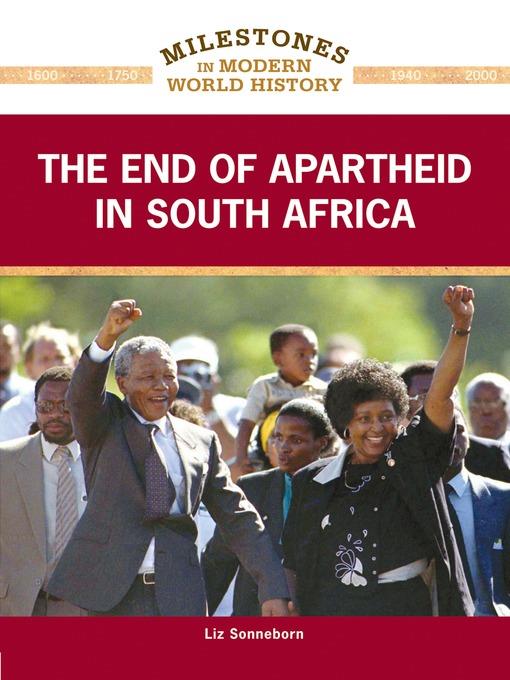
The End of Apartheid in South Africa
Milestones in Modern World History
کتاب های مرتبط
- اطلاعات
- نقد و بررسی
- دیدگاه کاربران
نقد و بررسی

July 1, 2010
Gr 5–8—-espite its title, this book focuses predominantly on the history of apartheid from the beginning of the colonization of South Africa in 1652 through Jacob Zuma's presidency in 2009. The narrative is coherent and interesting, as it keeps a number of different threads going and explains in some detail the complex history of conflict in the country. Sonneborn describes how South Africa came to be engulfed in an uprising in the 1980s, that its political leaders were released in 1990, and how a future constitution was negotiated, leading up to the first free elections in 1994. She pinpoints the issues tackled by the Truth and Reconciliation Commission, economic development, and AIDS as challenges faced by the post-apartheid government. There are a number of inaccuracies, many of them fairly minor. However, one is more serious, and it could lead to a misunderstanding of the nature of resistance against apartheid. Sonneborn claims that black trade unions were illegal during apartheid: in fact, they were legal, but "not recognized." This meant that employers did not have to negotiate with them. The fact that these organizations were able to operate openly helped to make them an important force in the anti-apartheid struggle. The black-and-white photographs are adequate in number and clear. Text boxes around topics of special interest are helpful, but the time line and chronology are not detailed enough to provide useful information. Buy only where there is demand for this topic.—"Sue Giffard, Ethical Culture Fieldston School, New York City"
Copyright 2010 School Library Journal, LLC Used with permission.

























دیدگاه کاربران